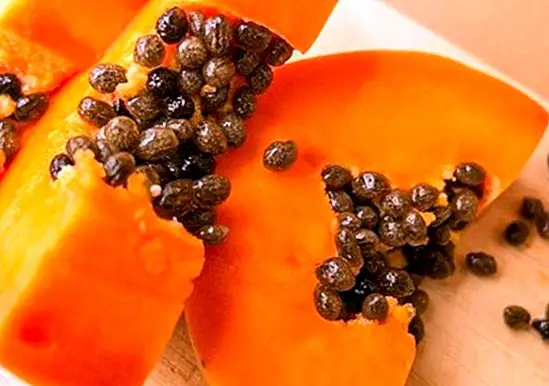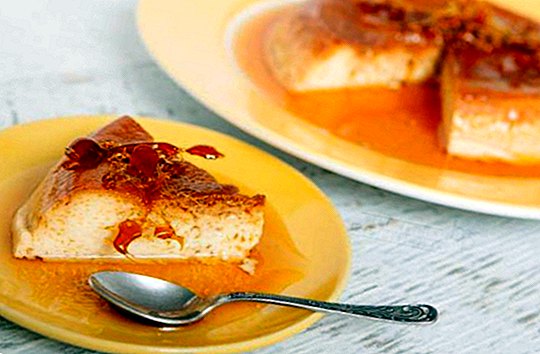The origin of the Christmas marzipan
If we ask you about a typical sweet very characteristic of Christmas, which is consumed in Spain, but not only tends to eat during these popular holidays (but it is common to consume it the rest of the year), it is likely that the Marzipan be the first food that comes to mind. And rightly so, since we are really referring to him.
It basically consists of a sweet made with ground almonds, sugar and egg. Ground almonds and sugar are used mainly to form the dough that will form the base of the sweet, while the egg is traditionally used to paint the figurines, which after cooking a little in the oven will provide its wonderful and characteristic toasted tone. 
While the rest of the year the marzipan can be found with normal forms, at Christmas the most traditional is to find it with wonderful shapes of figurines.
What is the origin of marzipan?
Although today we are faced with a typically Christmas dessert that is extremely popular and well-known, the fact is that it is not really known which was its birth. In fact, many historians still debate about their real origin.
It seems that the first appointment we found on a dessert quite similar to traditional marzipan goes back to ancient Greece, where it was common to make a kind of almond paste and honey.
However, as you surely know, it seems that the origin of marzipan is found in Spain, specifically in Toledo, where in fact it is so extremely popular as common.
Apparently, there are many historians who point to the nuns of the convent of San Clemente (in Toledo), as the "culprits" of the birth of this wonderful sweet during a terrible time of famine that lashed Castile after the battle of the Navas de Tolosa, back in the year 1212.
As the chronicles tell, at that time there was no wheat in the city, but the pantries were full of almonds and sugar. So, the nuns decided to make a kind of almond paste with sugar, and feed the hungry in the area with it. 
Centuries later, when this preparation became a typical sweet, the confectioners from La Mancha published two ordinances in the year 1613 in which only the almonds from Valencia and the white sugar were accepted as ingredients.
In Italy there is also a curious version about the birth of marzipan, where in turn they also proclaim the invention of this dessert.
In this country its supposed origin we owe it to an Italian nobleman known by the name of Eloisa Martorana, who had a monastery built in Sicily in 1193.
The nuns who lived in this monastery came mainly from Greece, and almost exclusively dedicated themselves to the elaboration of a kind of almond and sugar dough, which they finally transformed into figurines with the shapes of animals or fruits. To finish them, they painted them with bright colors composed of gum arabic and pigments extracted from pistachio, saffron or roses.
And the birth of the Christmas marzipan?
While there are doubts about the origin of marzipan (so that many countries tend to claim their origin, as we have seen throughout this note), there does seem to be consensus regarding the origin of typically Christmas marzipan.
Apparently it was not until the Christian era when it finally added the almond cake to the Easter celebration. At that time it was known under the name of "Panis martius", which in its translation would come to mean "March bread" or "marzapane" in its translation into Italian. 
Did you know that there are 3 types of marzipan?
Although traditionally we tend to think of the typical Christmas figurines when we name the word marzipan, the truth is that in reality there are a total of 3 different types of marzipan: marzipan base, rough marzipan Y fine marzipan.
The base marzipan is the one in whose elaboration egg whites are used in order to bind the ground almond with the sugar, and finally it is baked. This is precisely what is usually used in order to make Christmas marzipan figurines or delicious panellets.
The rough marzipan takes this name because in its elaboration a greater quantity of almond is used than of sugar. However, it is also linked with egg white, and is usually filled with sweet potato, cooked potato, candied fruit or quince.
Finally we find the thin marzipan, which is made with syrup made with the mixture of sugar and water (instead of egg whites), and is used raw, it is not necessary to bake it. ThemesChristmas


